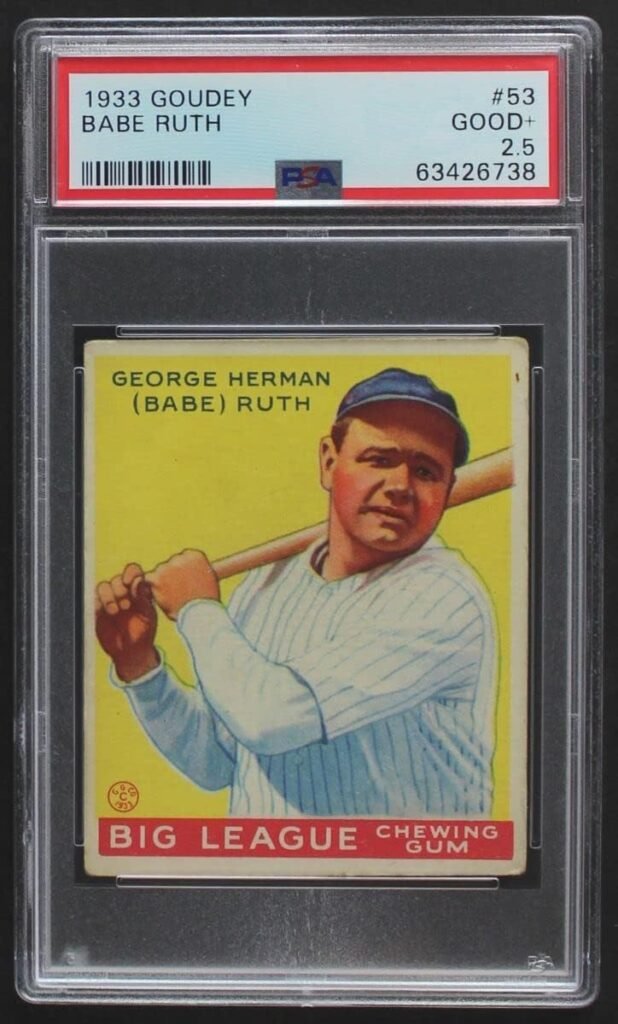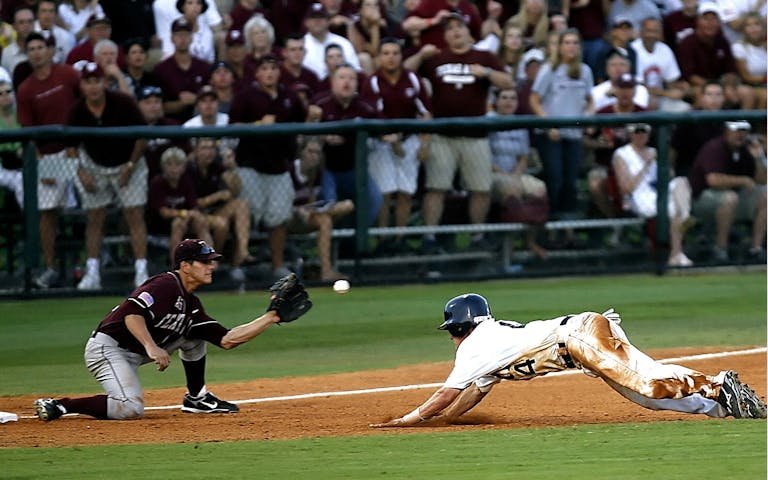Babe Ruth Card: Fortune in Attic?
Imagine opening an old shoebox in your attic and discovering a piece of history—an original Babe Ruth baseball card. For sports collectors, baseball enthusiasts, and card investors, such a find is the Holy Grail. Babe Ruth, known as “The Sultan of Swat,” left an indelible mark on the sport of baseball, and his memorabilia, especially his cards, have become some of the most coveted pieces in the world of sports collectibles. Recent record-breaking sales of Babe Ruth cards have only heightened the excitement and allure of owning a piece of his legacy.
In this post, we’ll explore the fascinating world of Babe Ruth cards, examining their values, the factors that influence their worth, and the steps you can take to start your collection or invest wisely. Whether you’re a seasoned collector or just beginning your journey, understanding the value of Babe Ruth cards is essential.
Understanding Babe Ruth Card Values
Set and Year
The value of a Babe Ruth card can vary significantly based on the set and year it was produced. For instance, the 1916 M101-4 Sporting News card is often considered the Holy Grail of Ruth cards, while the 1933 Goudey set is another highly sought-after collection. Cards from earlier sets tend to be rarer and more valuable, making them prime targets for collectors. By understanding the historical context and production details of each set, collectors can better assess the potential value of their cards.
Card Condition
Card condition is a critical factor in determining value. Grading systems like PSA (Professional Sports Authenticator) and BGS (Beckett Grading Services) evaluate cards based on centering, corners, edges, surface, and whitening. A card in mint condition (PSA 10) is exponentially more valuable than one in poor condition (PSA 1). Collectors should familiarize themselves with these grading criteria to better understand the nuances of card valuation.
Rarity
Rarity plays a significant role in a card’s value. Limited editions, variations, and cards from smaller print runs are typically more valuable. Understanding the rarity of a specific Babe Ruth card can help collectors make informed decisions about their purchases and investments. For example, a card with a limited print run from a reputable set is likely to fetch a higher price at auction.
Authentication
Authentication is crucial in the world of sports card collecting to avoid fakes and forgeries. Buying authenticated cards from reputable sources ensures that collectors are investing in genuine memorabilia. Authentication services like PSA, BGS, and SGC (Sportscard Guaranty Corporation) provide certificates of authenticity, adding an extra layer of security for buyers.
Deep Dive into Babe Ruth Rookie Cards
The Holy Grail
Babe Ruth rookie cards are the most valuable and sought-after category. These cards represent Ruth’s early career and are often considered the crown jewels of any collection.
1916 M101-4 Sporting News
The 1916 M101-4 Sporting News card is the earliest known Babe Ruth baseball card. Its historical significance and rarity make it one of the most valuable cards in existence. Record-breaking sales have seen this card fetch over $1 million in excellent condition. Collectors should look for high-quality images, sharp corners, and minimal surface wear when assessing this card.
Other Rookies
Other valuable rookie cards include the 1916 Boston Braves and the 1914 Cracker Jack. While not as iconic as the 1916 Sporting News card, these rookies are still highly prized by collectors. The 1914 Cracker Jack, in particular, stands out for its vibrant colors and unique design, making it a favorite among enthusiasts.
Identifying Rookies
Identifying genuine Babe Ruth rookie cards can be challenging but rewarding. Look for key features such as player poses, team affiliations, and card-back designs. High-quality images highlighting these details can help collectors distinguish between genuine and counterfeit cards.

Beyond Rookie Cards: Valuing Other Babe Ruth Cards
Popular Sets
Babe Ruth’s legacy extends beyond rookie cards. Popular sets like the 1933 Goudey, 1934 Goudey Gum, and 1952 Topps feature iconic Ruth cards that are highly valued in the collector market. Each set has its unique characteristics and appeal, making them essential additions to any Ruth collection.
Variations
Variations within sets can significantly impact a card’s value. For example, the 1933 Goudey set includes reprints and shadowless cards that are rarer and more valuable. Collectors should be aware of these variations and their impact on the overall value of their collections.
Investment Potential
Babe Ruth cards have consistently proven to be solid investments. Historical price trends show steady appreciation in value, making them attractive assets for collectors and investors alike. However, it’s essential to consider factors such as market demand, economic conditions, and card conditions before making investment decisions.
User-Friendly Buying and Selling Guide
Where to Buy
Reputable sources for buying Babe Ruth cards include trusted dealers, auction houses, and online marketplaces with buyer protection. Platforms like eBay, Heritage Auctions, and PSA’s marketplace are excellent starting points for collectors looking to add to their collections.
Grading Services
Grading services play a crucial role in determining a card’s value. Reputable options like PSA, BGS, and SGC offer expert evaluations and certifications, enhancing the card’s credibility and market value. Turnaround times can vary, so plan accordingly when submitting cards for grading.
Selling Your Cards
Selling Babe Ruth cards can be a profitable venture if done correctly. Consider consignment options through trusted auction houses to reach a broader audience. Research online marketplaces with established buyer bases and offer clear pictures and accurate descriptions to attract potential buyers.
Read Also: Unlock Willie Mays Card Value! ($$$)
Closing Words
Babe Ruth cards are more than just collectibles; they are pieces of baseball history. Understanding the factors that influence their value, such as set and year, card condition, rarity, and authentication, is essential for collectors and investors. Whether you’re looking to start a collection or invest in Babe Ruth cards, doing thorough research and staying informed about market trends will help you make wise decisions.
The future of Babe Ruth cards looks promising, with continued interest and appreciation in value. By following the tips and insights provided in this guide, you can enjoy the excitement and rewards of collecting and investing in Babe Ruth cards responsibly.
For those eager to take the next step in their collecting journey, consider consulting with experts like Richard Davis from Baseball Card Exchange to gain deeper insights and make informed decisions. Happy collecting!






